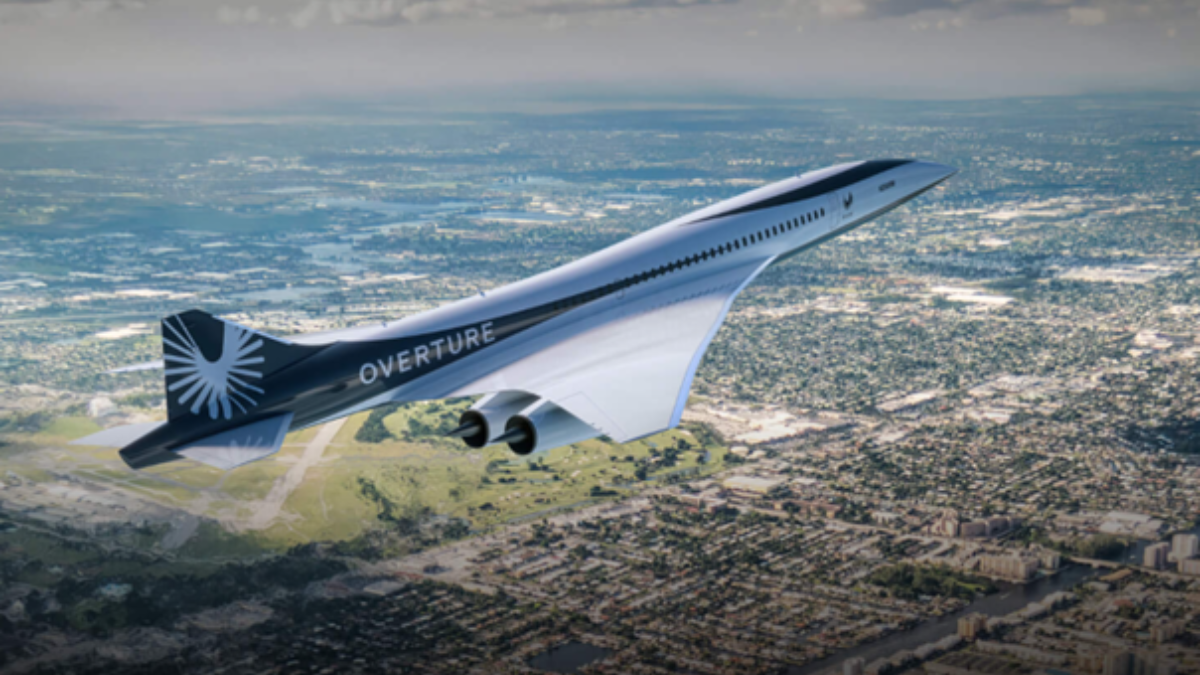Successful test flights have demonstrated that disruptive sonic booms and other environmental impacts are now manageable.
Supersonic flight for civilian aircraft has been banned in US airspace since 1973, following public outcries over the disruptive sonic booms that shattered windows and rattled communities. However, advancements in aerospace engineering have made significant strides in reducing the noise generated when jets break the sound barrier.
In a major move for the future of air travel, President Trump has signed an executive order directing the Federal Aviation Administration (FAA) to end a decades-old prohibition on supersonic civilian flights over the United States.
The order, issued on Friday, 6 June 2025, instructs the FAA to develop new regulations that would permit these high-speed aircraft to operate domestically, provided they meet strict noise control standards.
The White House has described the new directive as a way to “remove regulatory barriers so that US companies can dominate supersonic flight once again.” The administration emphasized that the FAA’s forthcoming noise regulations must balance community concerns, economic viability, and technological feasibility.
In this front, a Colorado-based startup, Boom Supersonic, has been at the forefront of developing quieter, more efficient supersonic jets. The firm recently achieved successful test flights that demonstrate the potential for commercial aircraft to travel at speeds over Mach 1 without the disruptive booms of earlier generations. There are plans to launch an 80-seat supersonic airliner in the near future.
Meanwhile, China and Europe are also investing heavily in similar technologies. Supporters argue that legalizing supersonic travel could halve cross-country flight times, although ticket prices are expected to be stratospheric.
Critics caution that the environmental impact and accessibility of such flights remain open questions, but proponents believe that innovation and competition will drive improvements. If the FAA successfully implements the new rules, supersonic passenger jets could return to more skies around the world for the first time in over fifty years, ushering in a new era of high-speed travel.

New technology refracts a sonic boom upward due to temperature and wind gradients affecting the local speed of sound, similar to how light bends when passing through a glass of water.
